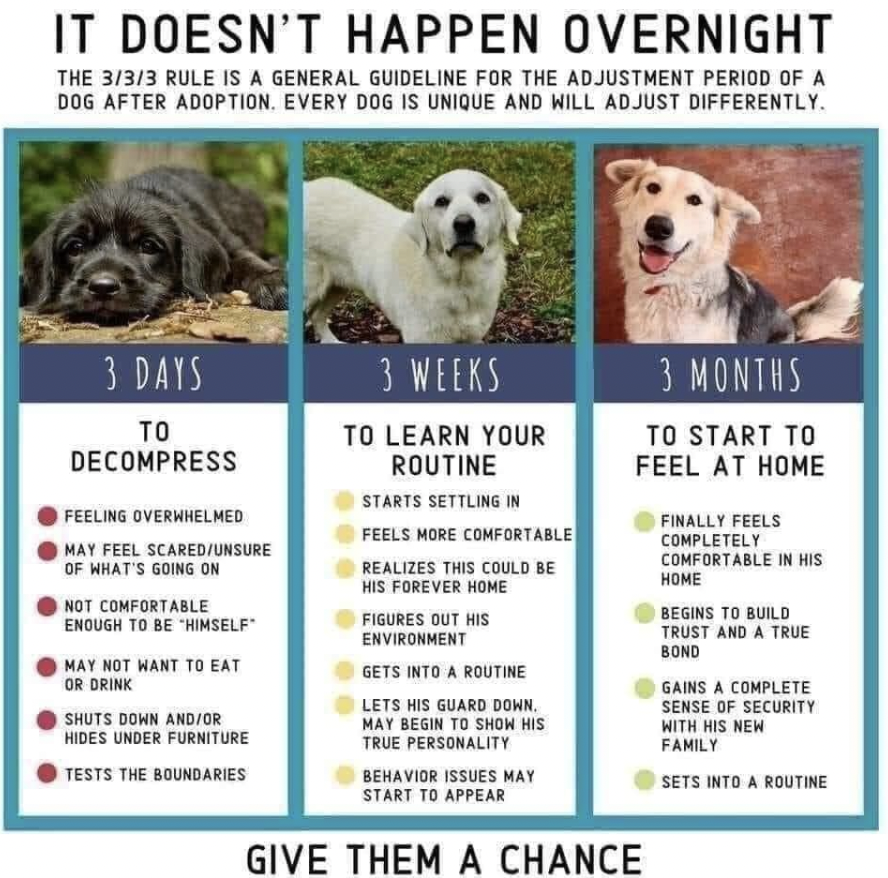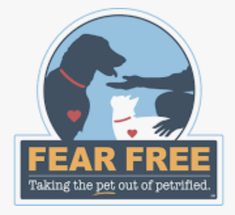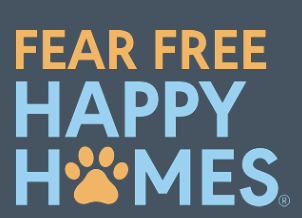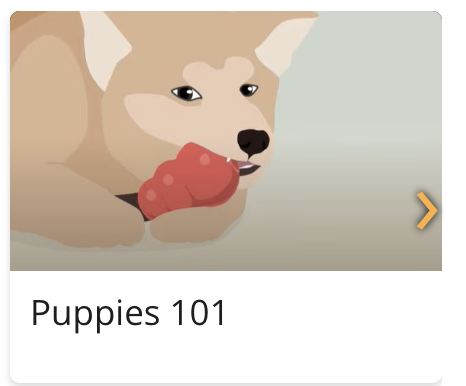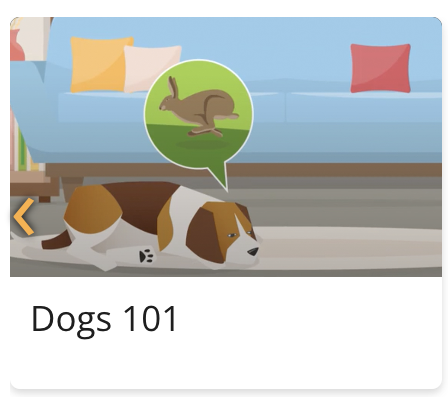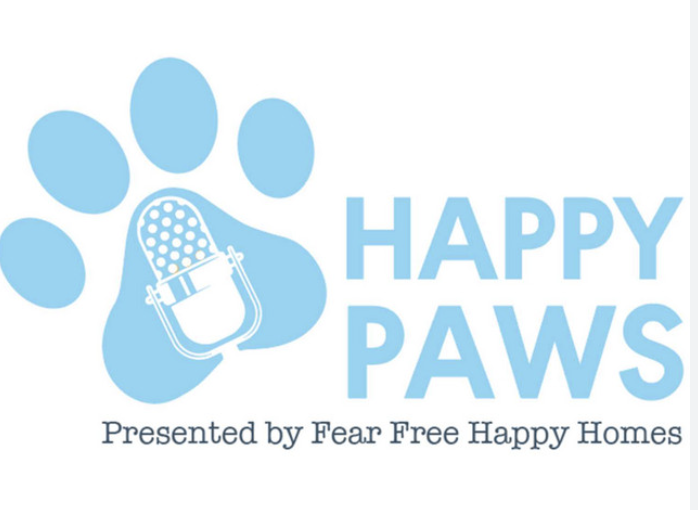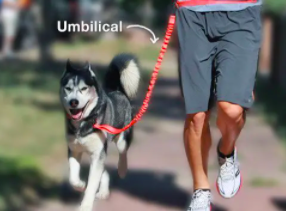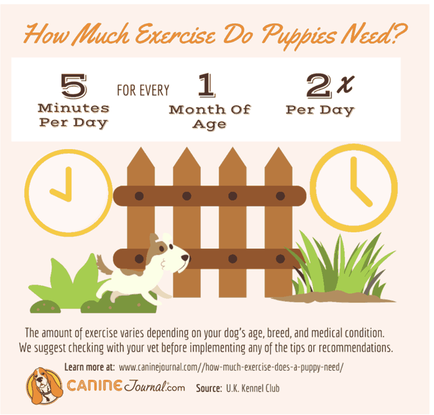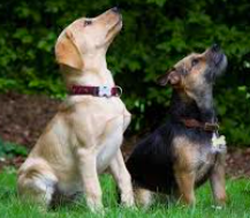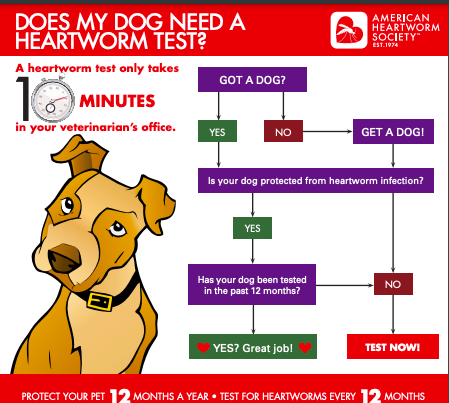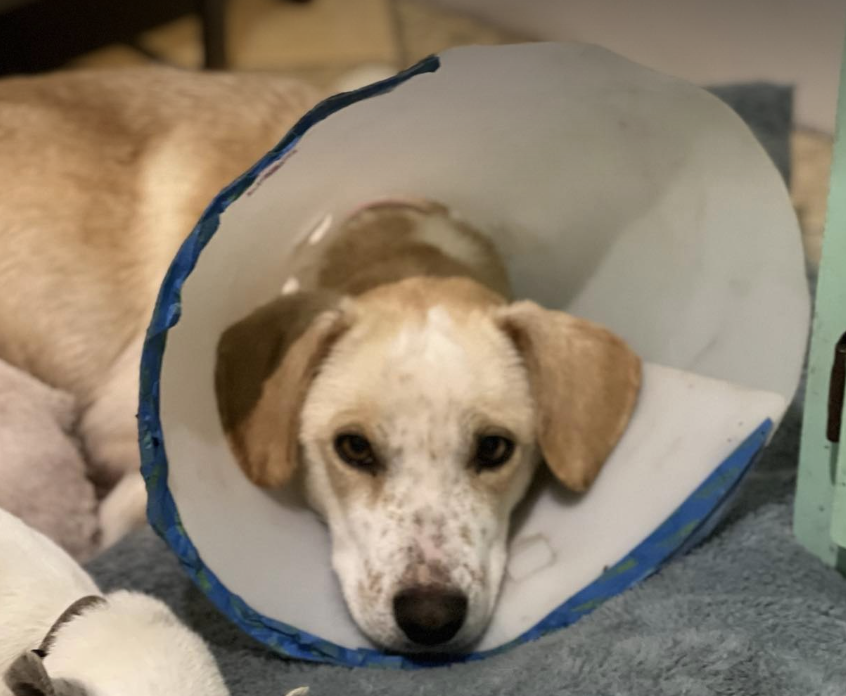|
All of our wonderful dogs and puppies have stories. Many have come from shelters or other situations where they didn't necessarily get a fair "shake" in life. The Fear Free Shelter program is available to shelters and rescues as a tool kit. More importantly, there are many valuable resources available to adopters at no cost. Take a look or take a listen!
LEADING THE DANCE
|
New Puppy... Now What??
|

